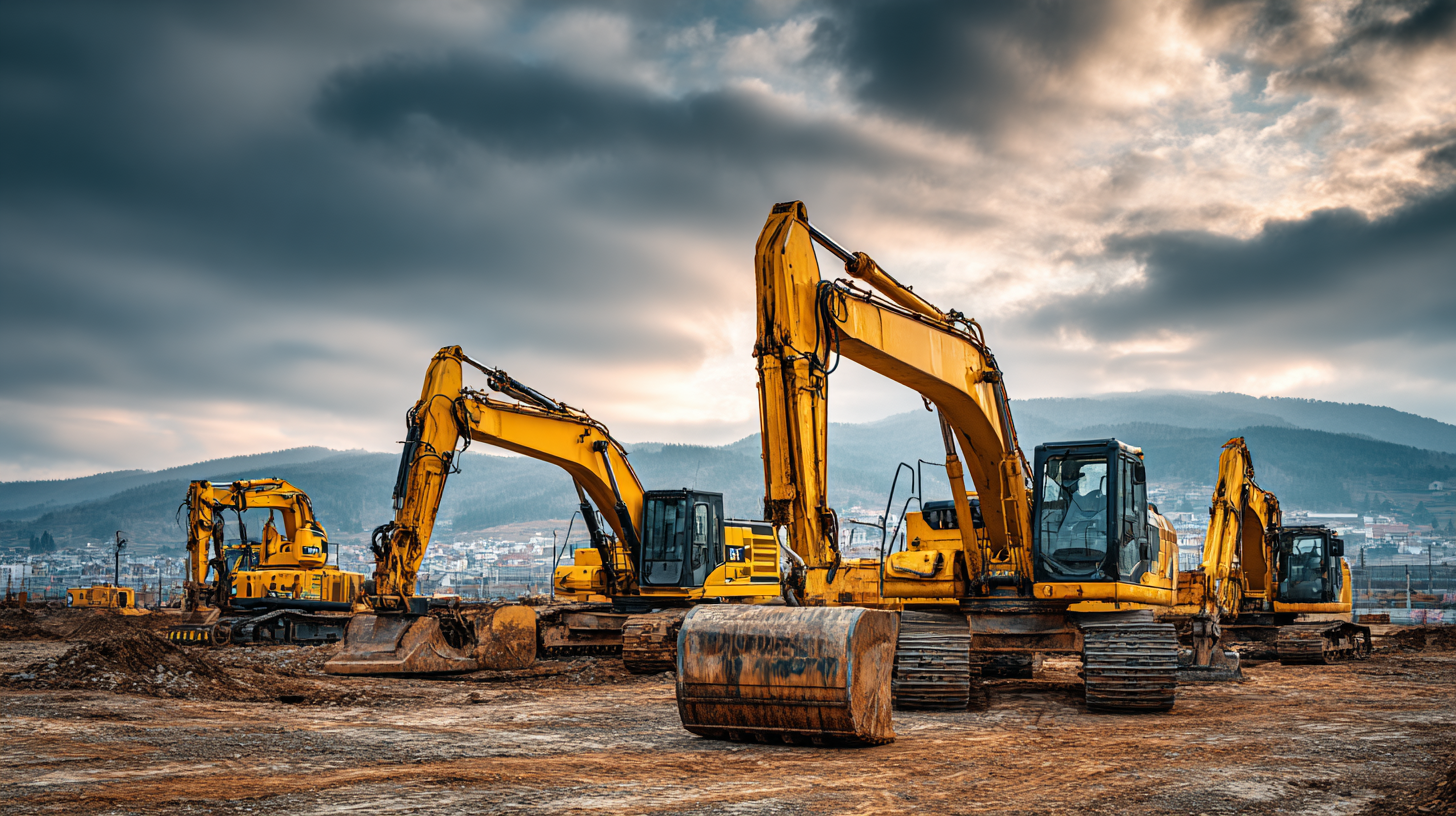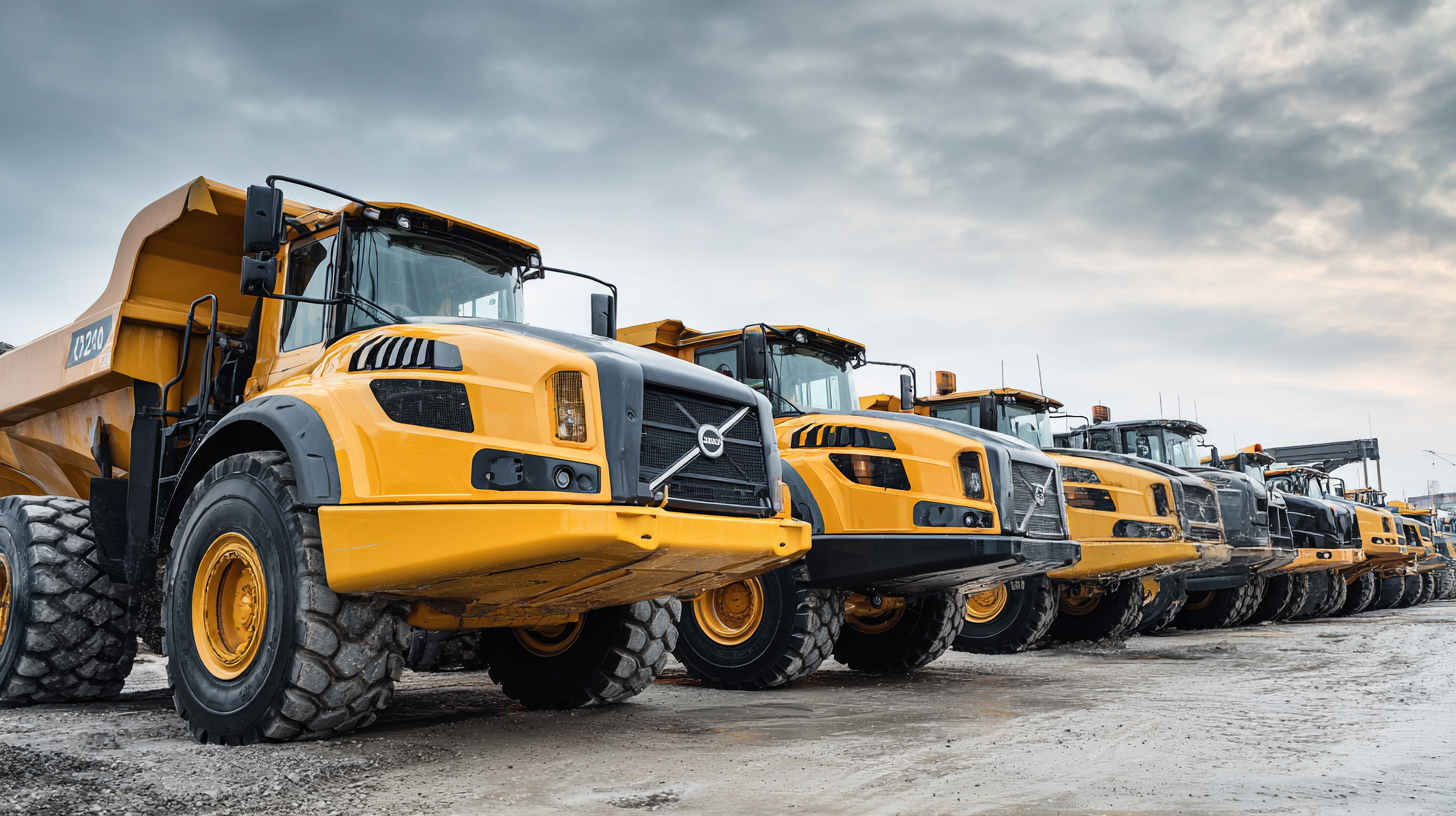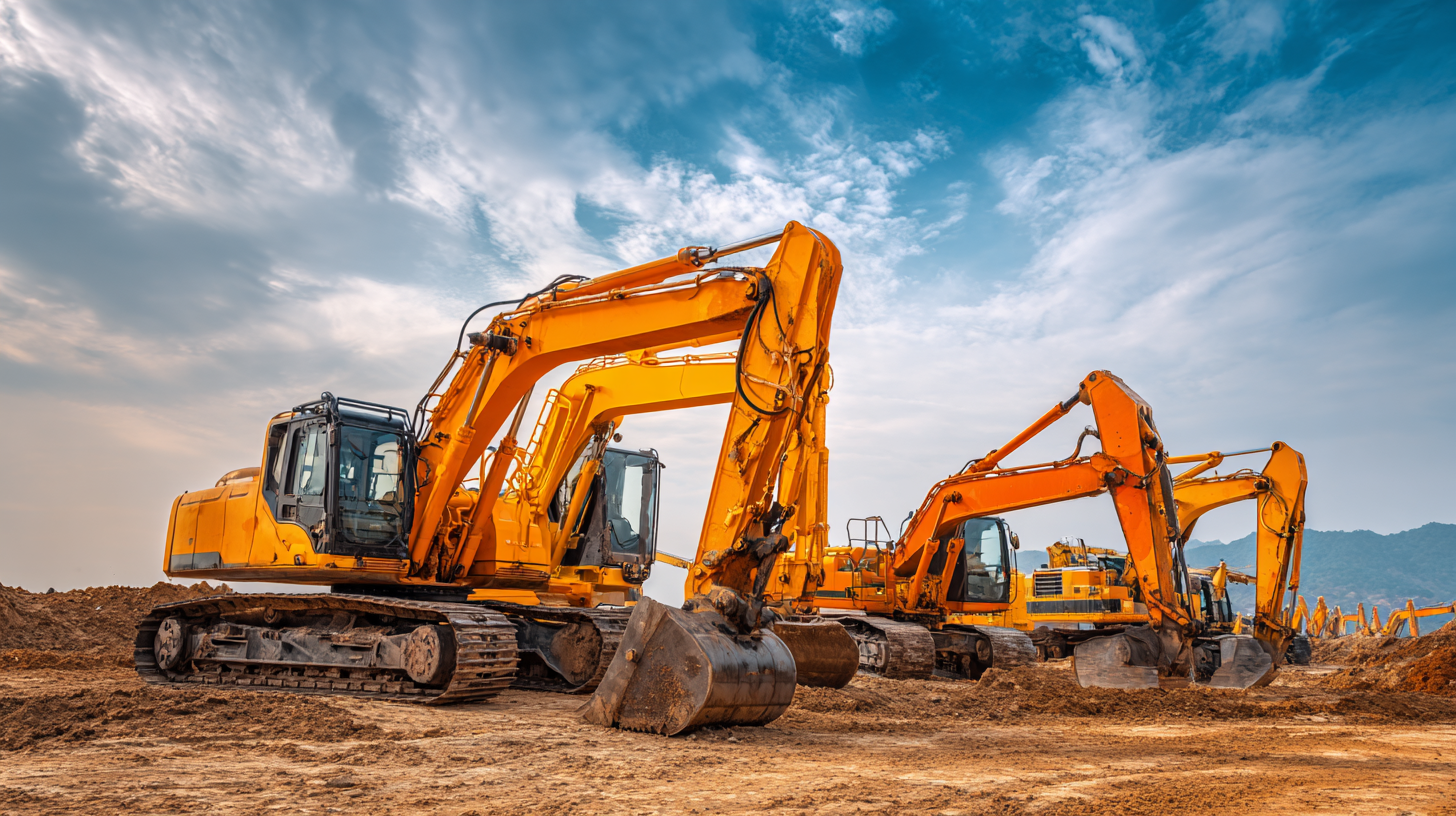Leave Your Message
- Phone
- E-mail
- Whatsapp
In the ever-evolving landscape of the construction industry, understanding the challenges associated with the use of construction vehicles is paramount for achieving operational efficiency and cost-effectiveness. The complexities surrounding after-sales service advantages and maintenance costs have become focal points for contractors and fleet managers alike. As companies strive to optimize their fleet performance, insights from industry data highlight the need for robust support systems and preventative maintenance strategies.

Furthermore, as we look toward the future of construction vehicles, emerging technologies and sustainable practices will play a crucial role in shaping how these machines operate and are maintained. By examining these key aspects, we can gain valuable insights that will not only improve the longevity of construction vehicles but also enhance their contribution to project success and profitability.
The performance of construction vehicles is influenced by several key factors that industry professionals must consider. According to a report by the Equipment Leasing and Rental Association, proper maintenance significantly impacts vehicle efficiency and longevity. Regular maintenance practices can improve fuel efficiency by up to 15%, highlighting the importance of adhering to scheduled services to minimize downtime and enhance productivity on sites.
Another critical factor is the selection of the appropriate vehicle type for specific tasks. Construction Vehicle Statistics from the American Rental Association indicate that using specialized equipment not only increases efficiency but can also lead to a reduction in labor costs by approximately 20%. For instance, employing telehandlers for material handling allows for swift maneuvering in tight spaces compared to traditional forklifts, ultimately boosting project timelines.
Additionally, technological advancements such as telematics have transformed performance monitoring in construction vehicles. A study from the International Construction Equipment Association shows that companies utilizing telematics data can achieve an average reduction of 10% in operational costs through improved fleet management and real-time data analysis. As the construction industry adapts to these evolving factors, understanding their implications will be essential for maximizing vehicle performance and achieving project success.
In the construction industry, vehicles play a crucial role in ensuring project efficiency and safety. However, several common challenges persist, impacting their performance on-site. According to the "2022 Construction Equipment Market Report," approximately 40% of contractors reported delays directly linked to equipment breakdowns. Such failures often stem from inadequate maintenance or the harsh working conditions that construction vehicles face, including extreme weather and rough terrain.
Moreover, the “Equipment Maintenance and Downtime Analysis” highlights that improper usage and operator errors account for nearly 30% of equipment-related issues. Training operators on vehicle handling and routine maintenance can significantly reduce downtime and improve project timelines. Additionally, fuel efficiency remains a pressing concern; data from the “Global Fuel Efficiency in Heavy Equipment Study 2023” indicates that construction vehicles consume about 30% more fuel than necessary due to inefficient operation practices. Addressing these challenges through better training, regular maintenance, and efficient operational strategies is essential for enhancing the reliability and productivity of construction vehicles in the field.

The construction industry is rapidly evolving, primarily driven by the latest technological advancements in vehicle design. Modern construction vehicles are infused with cutting-edge technologies such as
automation,
telematics, and
electric powertrains, which enhance productivity while minimizing
environmental impact. These innovations allow for greater efficiency on job sites, enabling operators to complete tasks faster and with higher precision.
For instance, self-driving excavators can significantly reduce the risk of human error and optimize operational workflows.
When selecting construction vehicles, consider integrating telematics systems that provide real-time data on vehicle performance, location, and maintenance needs. This can help streamline operations and reduce downtime. Additionally, investing in vehicles with electric powertrains can lead to long-term cost savings by reducing fuel expenses and benefiting from government incentives aimed at promoting sustainability.
It's essential to keep an eye on emerging technologies that offer digital twins and augmented reality features, which can facilitate better planning and training. Make sure your team is trained on the latest features of these advanced vehicles, ensuring everyone maximizes the potential of these tools and adapts to changing site demands effectively.
When it comes to construction projects, a thorough cost-benefit analysis is essential for making informed decisions about equipment investment. The right construction vehicles not only enhance productivity but also ensure that projects remain within budget constraints. Understanding the specific needs of your job site and choosing equipment that aligns with those requirements is crucial to maximizing return on investment.
Tip: Evaluate the total cost of ownership for equipment rather than just the purchase price. This includes maintenance, fuel efficiency, and potential downtime costs. A seemingly expensive option may prove to be more economical in the long run if it requires less maintenance and operates more efficiently.
Another key factor is to assess the resale value of construction vehicles. Certain brands and models retain their value better than others. Investing in equipment with a strong resale market can significantly offset initial costs.
Tip: Conduct market research on different brands and their performance histories to identify which vehicles are likely to hold their value over time. This knowledge will not only help in making a smarter purchase decision but will also aid in future budgeting and planning for equipment upgrades.

The construction vehicle industry is poised for significant transformations in the coming years, driven by technological advancements and changing industry demands. By 2032, the global market for forklifts, a key player in the construction sector, is expected to grow from $86.57 billion in 2025 to $180.47 billion, achieving a remarkable compound annual growth rate (CAGR) of 11.1%. This trend underscores the increasing reliance on efficient machinery to enhance productivity on job sites.
To keep pace with these trends, construction companies should consider investing in automation and smart technologies for their vehicle fleets. These innovations not only improve operational efficiency but also contribute to safety. For instance, integrating automated systems can reduce human error and enhance overall site management.
In addition to adopting new technologies, it's essential for companies to stay informed about material trends in construction. The growing PVC and HDPE markets, with projected CAGRs of 4.2% and 8.3%, respectively, indicate a shift towards more sustainable building materials, prompting industry players to adapt their sourcing strategies accordingly. Embracing these broader trends can position companies at the forefront of the evolving construction landscape.
